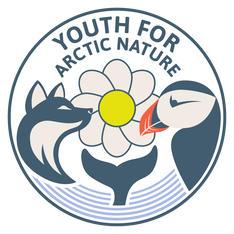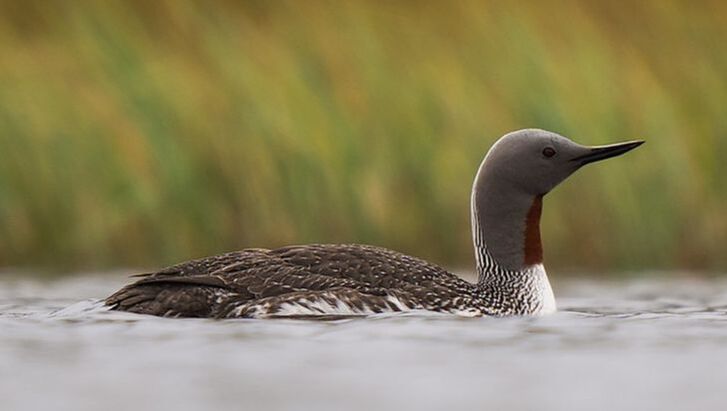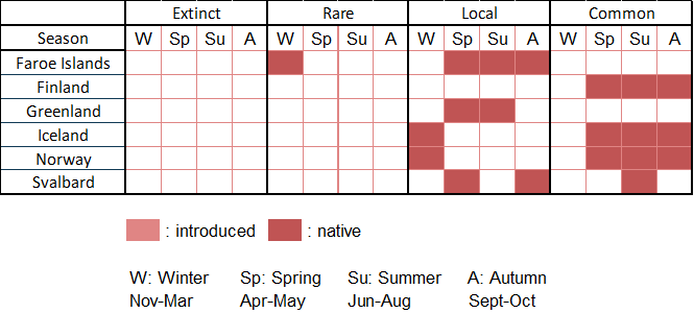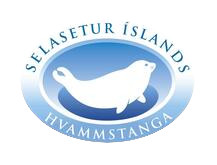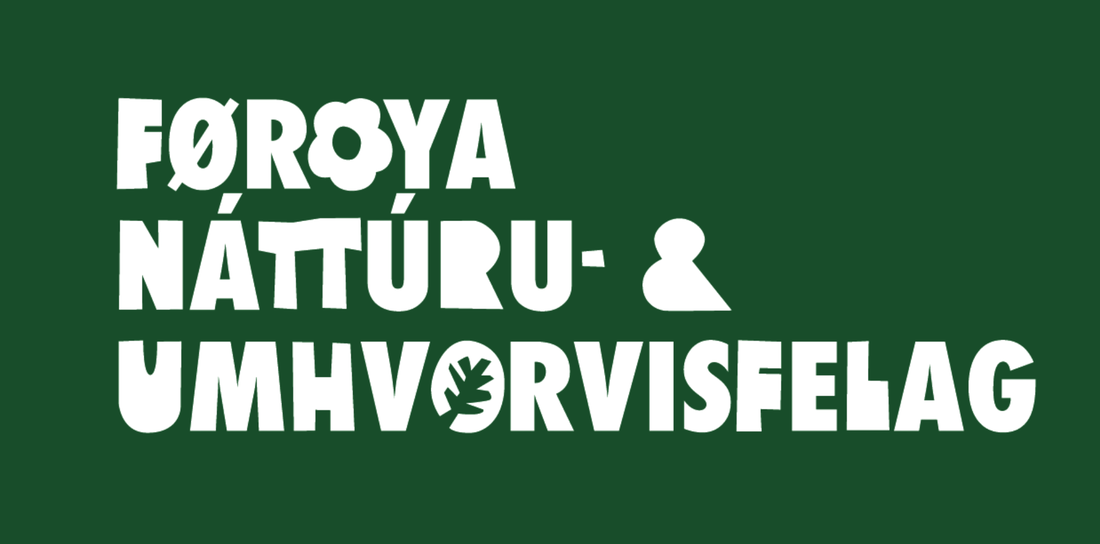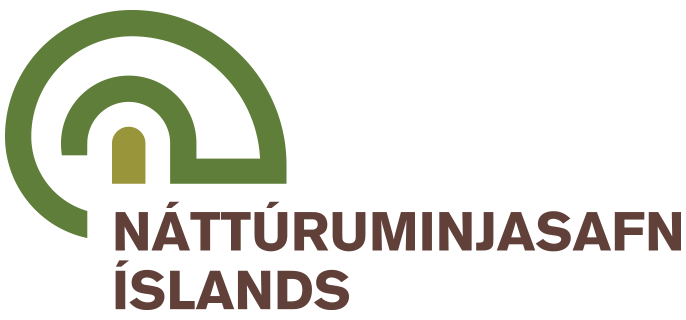|
Vulnerability: least concern (population decreasing) Invasive: no Identification: easy Monitoring: medium |
|
What is it? The red-throated diver, also called red-throated loon in North America, is the smallest bird in the diver family. However, it is still large water bird, with lengths between 53cm and 69cm for wingspans between 106 and 116cm. It weighs around 1.7 kilograms. It is the easiest diver to identify in breeding plumage, with a dark red throat and light grey head. They eyes are red, the upperparts grey and the underparts white. In winter, the plumage is similar without the characteristic neck and head colors: they become grey on top and white on the cheek, face and throat. |
|
Where is it? The red-throated diver is a circumpolar breeder and an Arctic specialist. It is found breeding in southern coastal Greenland, Svalbard, Iceland, Scotland, Fennoscandia, northern Russia, Japan, and coastal Canada and Alaska. It is a scarce breeder in the Faroe Islands, where some individuals are seen all-year long. The red-throated diver winters in subarctic and temperate regions of the northern hemisphere: the Pacific coast of North America, the Atlantic coast of the U.S., Iceland, coastal southern and western Fennoscandia, most of coastal Europe, and from Taiwan to southeastern Siberia.
|
|
Interesting facts |
- The European red-throated diver population declined drastically in the 1970's and 1980's, and has partly recovered since then. The Japanese population may also be very small, with a very uncertain estimate of 50 to 10,000 individuals.
- It is recommended to be very careful when observing or photographing the red-throated diver during nesting season, at is very shy and may fly away. This leaves the eggs unprotected and vulnerable to predators such as seagulls or Arctic foxes.
Pictures
References
- Birding Svalbard. (2021). Norwegian Ornithological Society. http://www.svalbardbirds.com/index.html
- BirdLife International (2022) Species factsheet: Gavia stellata. Downloaded from http://www.birdlife.org on 01/06/2022.
- Hilmarsson, J. Ó. (2011). Icelandic Bird Guide: Appearance, Way of Life, Habitat (3rd ed.). Mal Og Menning.
- Olofson, S. (2012). Birds of the Faroe Islands. Visit Faroe Islands. www.visitfaroeislands.com.
- Red-throated Diver, Gavia stellata. (2016). NatureGate. https://luontoportti.com/en/t/666/red-throated-diver
- Sale, R. (2006). A complete guide to Arctic wildlife. Christopher Helm.
- Svensson, L., Mullarney, K., Zetterström, D., & Grant, P. J. (2010). Collins Bird Guide: The Most Complete Guide to the Birds of Britain and Europe (2nd ed.). Collins.
- https://luontoportti.com/en/t/666/red-throated-diver
